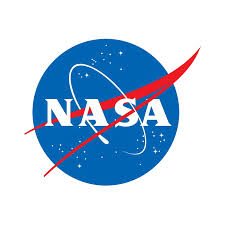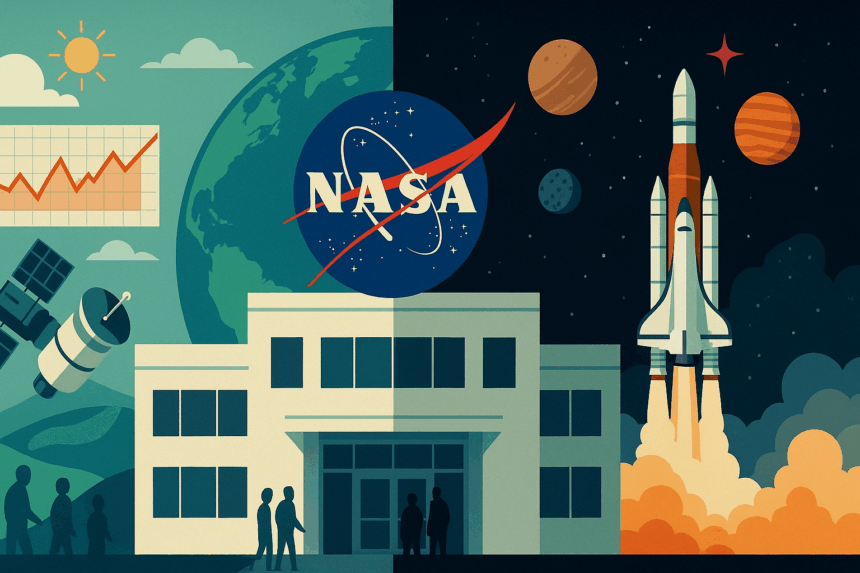NASA’s acting chief, U.S. Transportation Secretary Sean Duffy, is pushing for a dramatic change in the agency’s priorities. Instead of studying Earth’s climate and surface, Duffy wants the agency to focus only on space exploration. He especially emphasizes building a permanent base on the Moon while implementing controversial Earth science cuts.
What’s Happening & Why This Matters
Duffy, who stepped into the role a little over a month ago, is not a career space expert. He previously served as a U.S. Congressman, a television commentator, and is currently the Secretary of Transportation, overseeing more than 55,000 employees across 13 agencies. Despite this crowded résumé, he is making his presence felt at NASA.

In an interview with Maria Bartiromo on Mornings with Maria on Fox Business, Duffy made his vision clear. “All the climate science, and all of the other priorities that the last administration had at NASA, we’re going to move aside,” he said. “All of the science that we do is going to be directed towards exploration, which is the mission of NASA. That’s why we have NASA, to explore, not to do all of these Earth sciences.” Duffy’s comments have intensified the debate over NASA’s Earth science cuts.
This statement signals an effort to halt Earth-focused research, including studies on the planet’s atmosphere, oceans, and climate change. Instead, Duffy is doubling down on lunar missions, including a plan to deploy a nuclear reactor on the Moon to power future bases.
This approach matches the Trump Administration’s strategy. It has redirected other federal agencies away from climate science. Critics argue that stripping NASA of Earth research through these Earth science cuts risks stalling progress. This would affect the understanding of global warming, natural disasters, and environmental changes that directly impact human survival.

Proponents of Duffy’s stance, however, believe it returns NASA to its “true purpose” — advancing space travel and exploration beyond Earth. The push for a permanent lunar presence is seen as a key step in preparing for future missions to Mars and beyond.
NASA has long played a dual role: expanding humanity’s reach into space while also monitoring Earth’s systems from orbit. Satellites managed by NASA have been vital for tracking hurricanes, wildfires, melting ice caps, and rising sea levels. Duffy’s proposed cuts could jeopardize this work.
TF Summary: What’s Next
Sean Duffy’s vision to pivot NASA away from Earth science reflects a deeper political divide about the agency’s purpose. While the White House supports the plan, scientists, environmental groups, and international partners will watch closely. They want to see if research budgets are cut or reallocated. The potential NASA Earth science cuts might necessitate adaptations among collaborative organizations to uphold global monitoring efforts.
If NASA abandons its Earth monitoring role, other agencies or international organizations may need to step in to fill the gap. The coming months will determine whether Duffy’s agenda reshapes NASA’s mission or if pushback forces compromise.
— Text-to-Speech (TTS) provided by gspeech


